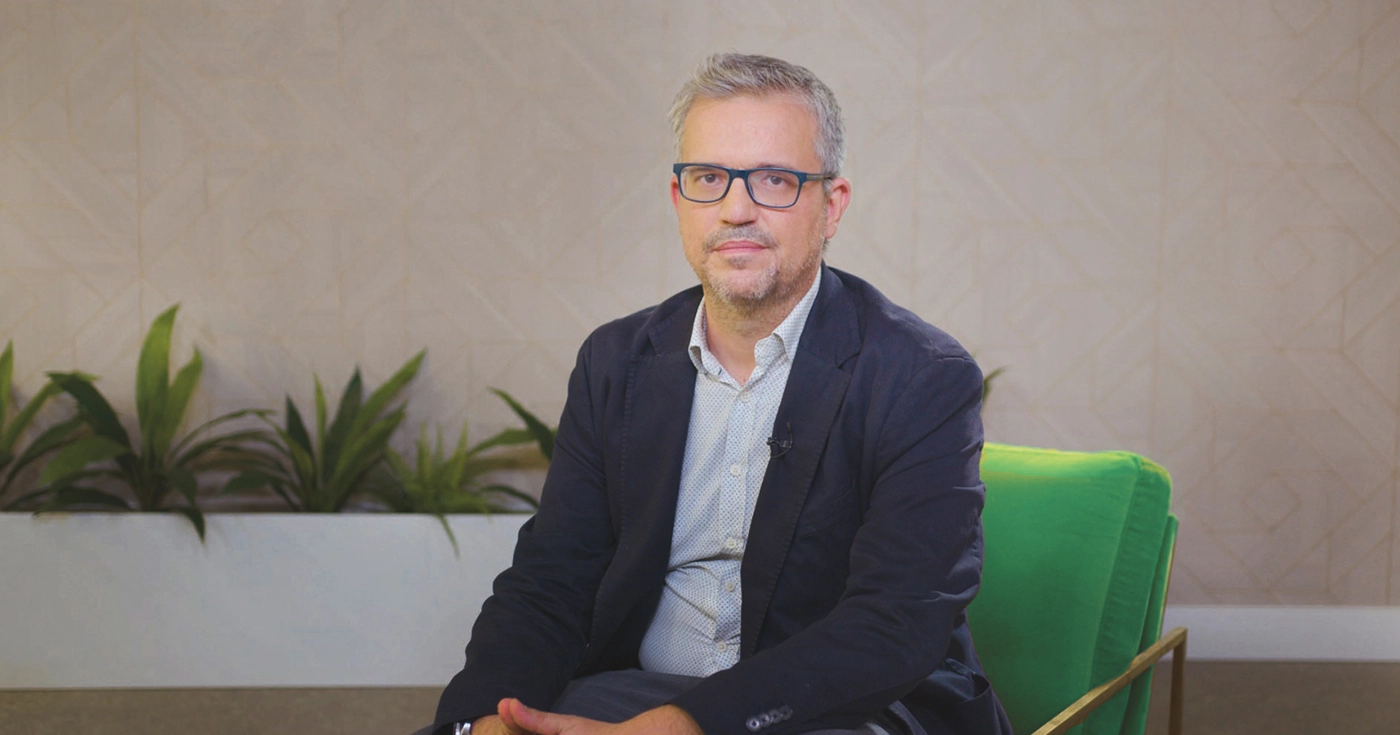
Industrialized construction: “The answer to Spain’s current housing deficit”
Last Updated on 8 January 2025 by Equipo Urbanitae
Industrialized construction is gaining ground as an efficient alternative to meet the growing housing demand in Spain. Juan Carlos Cabrero, director of the Specialist Technician in Industrialized Construction Course at the Madrid College of Quantity Surveyors, leads one of the sector’s most significant training initiatives. In this interview, Cabrero discusses the opportunities offered by industrialized building, the main challenges it faces, and how specialized training can be key to addressing the future of construction. This innovative approach promises to transform the way we build.
How would you describe the current state of the construction sector in Spain?
I would describe it as a sector in recovery and growth after a prolonged period during which the number of houses built has been far below what the country needs. The Bank of Spain clearly expressed this in its 2023 annual report, quantifying the cumulative gap between household creation and new housing construction in 2022 and 2023 at 375,000 units. Additionally, it anticipates a further 225,000 homes needed for the 2024–2025 period.
As we well know in this sector, building is always much harder and costlier than tearing down. With current annual new housing construction numbers around 90,000 units and the target to meet societal demand estimated at more than double that figure, we face an urgent and complex challenge.
What challenges and opportunities do you identify for industrialized construction?
The industrialization of building construction has traditionally been a resource employed in contexts of urgent housing needs and a shortage of skilled labor in the sector. Today, we must also think in terms of environmental sustainability, regarding energy consumption, raw materials, and energy expenditure throughout a building’s life cycle; economically, as we must construct homes tailored to the real purchasing power of Spaniards, particularly young people; and socially, as it is inconceivable for a modern, civilized society to render a basic need like housing inaccessible.
What role is the College of Quantity Surveyors playing in addressing the demand for 600,000 new homes in the coming years?
Our role in this matter is to commit, across all departments, to addressing society’s needs, as this institution has done since its founding over a century ago. Regarding the industrialization of building construction, we have been developing a postgraduate training program since 2019 in collaboration with the Building School Foundation and the Francisco de Vitoria University. Over six editions, we have pioneered the structuring, organization, and dissemination of knowledge and experience from leading professionals and companies in the industrialized construction of buildings, both nationally and internationally.
“Sometimes, profound changes in a sector happen out of conviction, which would be desirable, and other times because there is no other choice.”
In the area of innovation, the college, through its Technological Hub, strongly supports technologies such as project digitization with BIM methodologies, the use of drones, on-site robotics, site digitization with point clouds, document management via blockchain, and 3D printing of industrialized components. We provide our members and society with the latest available knowledge and procedures for the development and use of these technologies.
Labor shortages in the sector are among its most critical problems. What strategies does the College of Quantity Surveyors propose to attract young talent and promote industry training?
Our strategies focus on communicating the opportunities our sector and profession offer, training new professionals, and constantly reskilling those already practicing. Collaboration with members in all areas of professional practice is also essential. I would also highlight our firm commitment to drastically reducing the high workplace accident rate in our sector by training, advising, and supporting professionals through all phases and circumstances of construction work.
The College recently organized the Technical Congress on Industrialized Construction. What were the key conclusions, and how will they impact the sector?
Following the congress, a comprehensive report of conclusions was published, available on our website. Key points include the need to industrialize building construction as a response to Spain’s current housing deficit. For successful implementation, reforms are needed to make urban land available and streamline building permit processes.
Additionally, public-private collaboration strategies must be promoted to ensure stable demand for components, along with efforts to foster training and innovation.
To effectively implement industrialized building construction, digital transformation strategies will be encouraged, with methodologies such as BIM and LEAN considered essential. Ensuring component quality through documents like DAUs (Documents for Adaptation to Use) is also crucial.
We will also promote the use of component platforms, where open construction systems can be customized for each client and project, emphasizing the role of architecture in each endeavor. Most importantly, adopting industrialized component-based construction systems is key to reducing workplace accidents across the sector.
Industrialized construction (IC), which moves much of the construction process to specialized factories, promises 20% to 40% savings in building time. Do you think this advantage will suffice to position it as a mainstream option in the Spanish market?
The evolving circumstances of the sector are already positioning it. Ultimately, these circumstances—across all dimensions—determine the optimal degree of industrialization/cost depending on the location, purpose, and details of each project. Sometimes profound sector changes occur by conviction, which is ideal, while other times, they happen out of necessity. The naval sector, for example, became industrialized during World War II, when various countries’ survival was at stake. Interestingly, it was a professional from our sector, builder Henry Kaiser, who conceived and materialized that change.
“The most significant regulatory reforms are those related to financing and guarantees in projects.”
What barriers do construction companies face when adopting IC models, and how could the College of Quantity Surveyors help overcome them?
Throughout the value chain of building development and construction, the primary barriers are related to training and knowledge of systems, components, and procedures. These are essential for making optimal choices about which construction systems to use and implementing them effectively. Another barrier is the need to create an ecosystem of component manufacturers with a stable demand for their products.
What significant projects in Spain demonstrate the viability of Industrialized Construction (IC)?
Currently, there is a growing number of projects utilizing industrialized components to varying degrees, such as bathrooms, structures, enclosures, or volumetric elements. Notable examples include the buildings by Vía Ágora in Madrid Río and Valdebebas and the B&B hotel in Tres Cantos, developed by Grupo Casais and ACR. Other examples include projects for the Plan Vive program in the Madrid region, built with industrialized systems by companies such as Vía Ágora or Avintia, and wood-based buildings by firms like Madergia, 011h, and Erro y Eugui. Prefabricated concrete structures by ANDECE members are also gaining prominence. Furthermore, steelframe constructions, as well as various schools and fast-food restaurants incorporating volumetric components, are notable. We are now at a point where it is difficult to highlight specific projects without overlooking many others.
In your opinion, what changes are needed in current regulations to facilitate more agile and effective construction processes, such as Industrialized Construction?
The most significant regulatory reforms, in my view, relate to financing and project guarantees. Recently, encouraging signs have emerged that efforts by Spain’s Association of Developers and Builders to raise awareness and offer solutions will result in legislative reforms to address these issues.
What are the College of Quantity Surveyors’ main objectives for this sector in the coming years? How can it contribute?
Broadly speaking, the mission of the Madrid College of Quantity Surveyors and Technical Architects has always been to serve as a meeting point for all stakeholders involved in comprehensive building management. We aim to position our members as reliable professionals of the highest value in any role or responsibility within the construction process.
Specifically, in the context of developing new technologies applied to building design, construction, and maintenance, the College is at the forefront of defining real applications and their practical integration within the legal and technical framework that governs standard construction processes.

